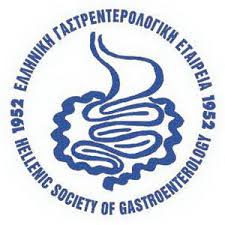Academic Department of Medicine, Hippokration General Hospital,
SUMMARY
Patients with chronic liver disease represent a susceptible
group of the population who manifest numerous complications
during the natural course of their disease.
As liver disease is considered one of the most common forms
of acquired immunodeficiency related to multiple defects in
immune defence, infections are one of the main inconveniences
associated with high morbidity and mortality. In addition,
diagnostic, therapeutic and nursing procedures may
influence the critical equilibrium of these patients and
predispose to infection. However, the most important
predisposed factor is the severity of liver disease and the
mortality rate is associated more with the severity than with
the etiology of the disease.
Infections seen in chronic liver disease include not only
spontaneous bacterial peritonitis (SBP) and spontaneous
bacterial empyema (SBEM) but urinary tract infections,
community or hospital acquired pneumonia, bacteremia,
skin and soft tissue infections, endocarditis, and meningitis.
Alcoholic subjects are also prone to develop pneumonia and
pulmonary or peritoneal tuberculosis. On the other hand,
a wide range of infectious sequels, involving almost any
organ has been associated with esophageal variceal
sclerotherapy (EVS). A significantly shorter series of
infectious complications has been related to ligation (EVL).
Clinical suspicion of infection should be high in any patient
with a deteriorating clinical status, encephalopathy or worsening renal insufficiency, as fever may not present.
Since long term prognosis of cirrhotic patients with repeated
infectious complications such as SBP and SBEM is poor,
survivors should be considered potential candidates for
orthotopic liver transplantation.
Clinicians higher index of suspicion of infection, together
with the use of more efficient and safer antibiotics, may,
for the present at least improve the short term prognosis of
this group of patients.
Key words: Chronic liver disease, cirrhosis, spontaneous
bacterial peritonitis, spontaneous bacterial empyema,
esophageal variceal sclerotherapy, esophageal variceal
ligation, other infections
(EN)

